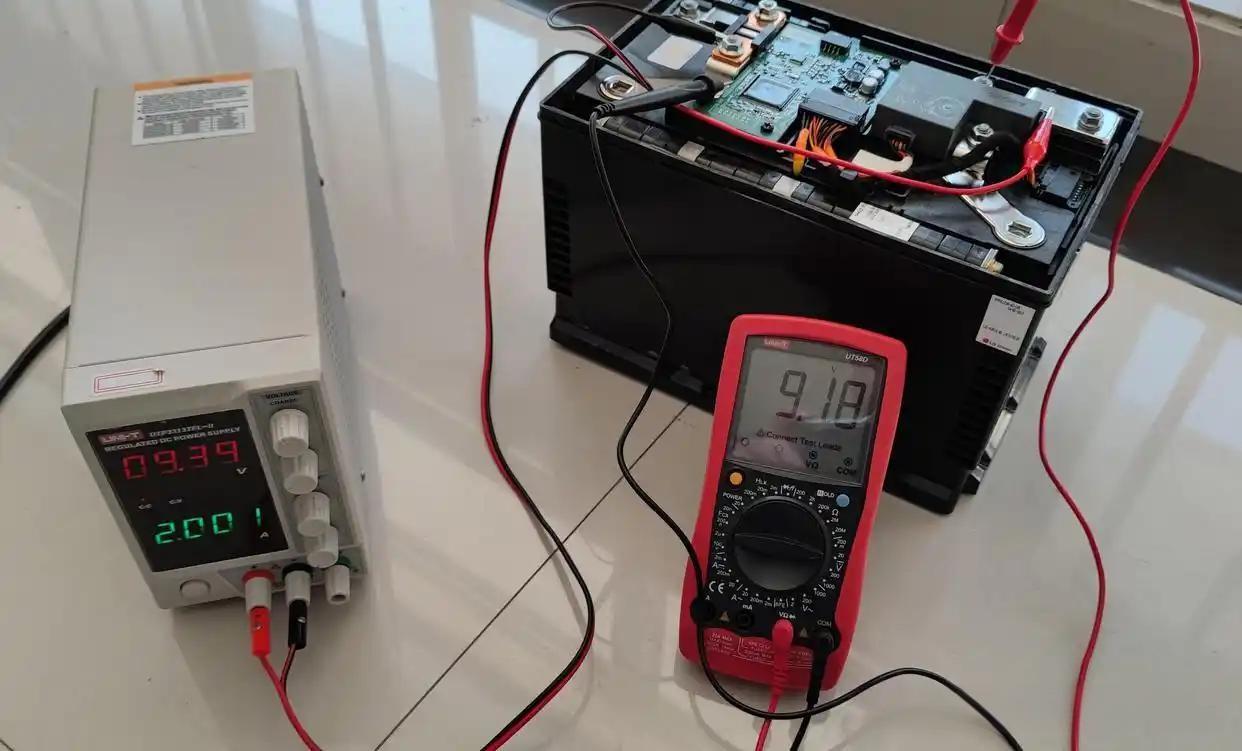
LiFePO4 (Lithium Iron Phosphate) batteries are popular in solar energy storage, electric vehicles, marine applications, and portable power stations — prized for their safety, long service life, and thermal stability. Still, even these dependable batteries can sometimes show zero or very low voltage, leading to operational issues or charging failures.
In this guide, we explore the most frequent reasons behind low or zero voltage in LiFePO4 cells and battery packs, along with practical troubleshooting steps suitable for both technicians and general users.
- Overcharging or Reverse Polarity Charging:
While LiFePO4 chemistry is relatively robust, repeated overcharging or connecting with reversed polarity can damage the battery internally and cause voltage drop.
- Excessive Discharge:
Draining a cell below its minimum voltage threshold (usually around 2.0V) can cause permanent capacity loss or internal short circuits.
- Internal Short Circuit:
Manufacturing flaws — such as electrode misalignment or contamination — may cause small internal shorts, leading to voltage instability.
- Heavy Aging or Repeated Deep Cycling:
Although LiFePO4 batteries offer long cycle life (typically 2000–5000 cycles), harsh usage or poor maintenance can accelerate capacity degradation and voltage irregularities.
- Faulty Cell(s):
In a series-connected pack, just one weak or dead cell can reduce overall voltage or trigger BMS protection mechanisms.
- BMS (Battery Management System) Protection Cutoff:
The BMS may shut off output when it detects undervoltage, overcurrent, or temperature extremes — making the pack appear dead.
- Poor Connections:
Loose terminals, corroded connectors, or broken internal welds can interrupt power flow, even when individual cells are functional.
- Incorrect Assembly:
Mistakes in series/parallel configuration or reversed polarity during setup can cause immediate or gradual failure.
- Damaged Internal Electronics:
Failed MOSFETs or faulty sensors inside the battery protection circuit can lead to a full system shutdown.
- Cell Voltage Too Low:
Many smart chargers will not engage if cell voltage falls below a safe level (e.g., 2.0V) to prevent hazardous charging conditions.
- BMS Lockout:
The battery management system may block charging due to temperature limits (below 0°C or above 45°C) or internal fault codes.
- Incompatible Charger:
LiFePO4 batteries need chargers specifically designed for their voltage profile (e.g., 14.2–14.6V for a 12V pack). Using the wrong type may result in no charging or incomplete cycles.
- Faulty Charging Gear:
A defective or poorly configured charger might not supply adequate current or fail to start the charging process.
- Always use a LiFePO4-compatible charger with correct voltage and current ratings.
- Avoid discharging below 10% State of Charge unless absolutely necessary.
- Inspect connections regularly — ensure terminals are clean and properly tightened.
- Maintain batteries within recommended temperature ranges: generally 0–45°C for charging, and -20–60°C for discharging.
- Choose BMS-equipped battery packs and monitor cell voltages periodically via compatible software or a battery monitor.
LiFePO4 batteries are among the safest and most stable lithium-based options available today. Still, like any advanced technology, they require appropriate handling, compatible charging equipment, and routine checks to perform at their best.
If your battery or pack shows zero or low voltage, don’t worry. Begin by checking for BMS lockout, loose connections, or deep discharge. In many cases, safe recovery is possible with the right tools and knowledge.
Previous:EVE Energy Launches Mr Giant Energy Storage System in Australia